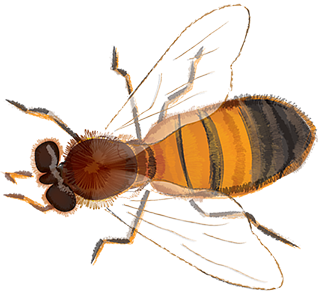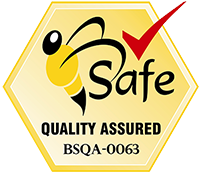If you have a mind for Leptospermum Honey science then this will be of interest. Here are the results of a study recently published in the scientific journal PloS ONE into the properties and potential availability of Australia’s manuka honey.
Abstract
Most commercially available therapeutic honey is derived from flowering Leptospermum scoparium (manuka) plants from New Zealand. Australia has more than 80 Leptospermum species, and limited research to date has found at least some produce honey with high non-peroxide antibacterial activity (NPA) similar to New Zealand manuka, suggesting Australia may have a ready supply of medical-grade honey. The activity of manuka honey is largely due to the presence of methylglyoxal (MGO), which is produced non-enzymatically from dihydroxyacetone (DHA) present in manuka nectar. The aims of the current study were to chemically quantify the compounds contributing to antibacterial activity in a collection of Australian Leptospermum honeys, to assess the relationship between MGO and NPA in these samples, and to determine whether NPA changes during honey storage. Eighty different Leptospermum honey samples were analysed, and therapeutically useful NPA was seen in samples derived from species including L. liversidgei and L. polygalifolium. Exceptionally high levels of up to 1100 mg/kg MGO were present in L. polygalifolium honey samples sourced from the Northern Rivers region in NSW and Byfield, QLD, with considerable diversity among samples. There was a strong positive relationship between NPA and MGO concentration, and DHA was present in all of the active honey samples, indicating a potential for ongoing conversion to MGO. NPA was stable, with most samples showing little change following seven years of storage in the dark at 4°C. This study demonstrates the potential for Australian Leptospermum honey as a wound care product, and argues for an extension of this analysis to other Leptospermum species.
Conclusion
The data reported here show that Australian Leptospermum honeys have potential for therapeutic use as antibacterial agents as they possess a stable, non-peroxide antibacterial activity derived primarily from their phytochemical constituents. As is the case with New Zealand manuka, NPA correlates strongly with the MGO concentration in the honey, and high levels of DHA were also detected in many of the honey samples suggesting that there is an untapped supply of antibacterial Leptospermum honey in Australia. As most of the Leptospermum genus is endemic to Australia, it is likely that there are more valuable sources for medical-grade honey, providing Australian apiarists the opportunity to benefit from the lucrative medicinal honey market. An increased availability of medical-grade honey, together with scientific data on how it acts to kill bacterial cells will encourage its use in mainstream medicine, helping to reduce some of the burden of the antibiotic resistance crisis, particularly in wound care.
Source:
http://journals.plos.org/plosone/article?id=10.1371/journal.pone.0167780







